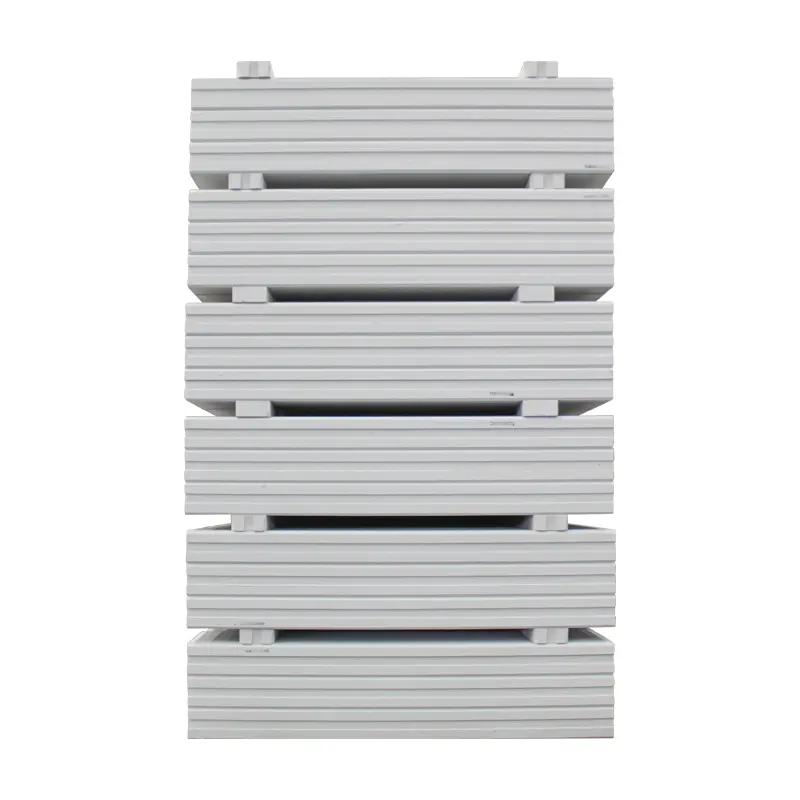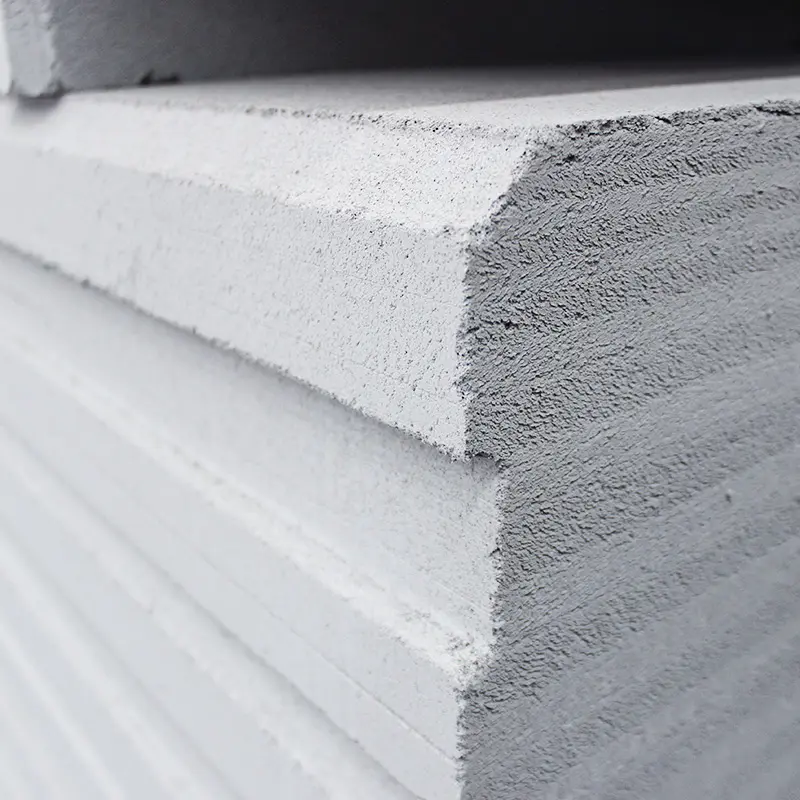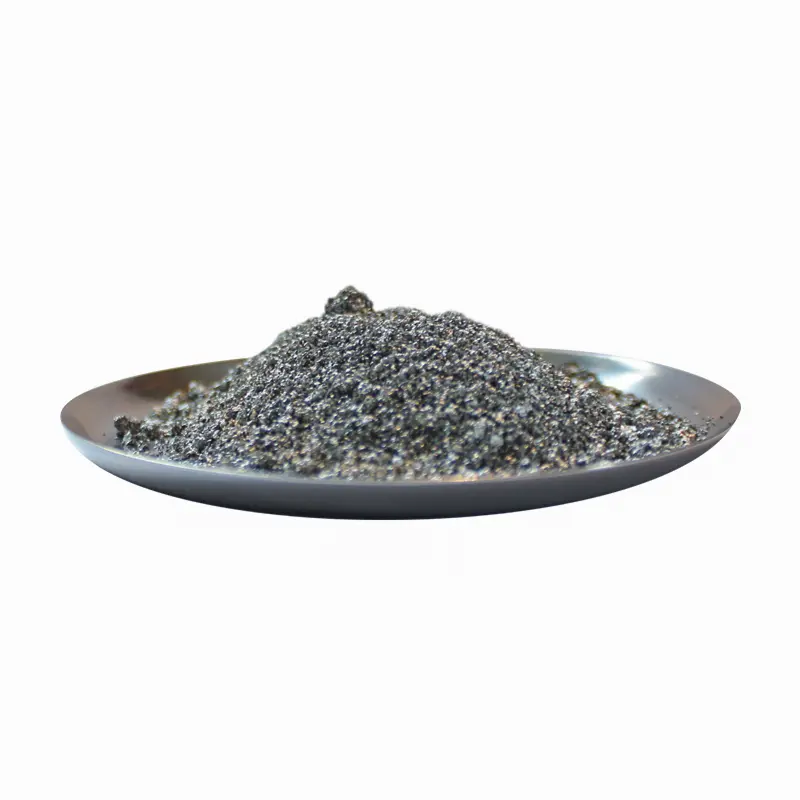Are you looking for a reliable and efficient solution for producing AAC blocks? This comprehensive guide explores the world of AAC block autoclaves, covering everything from price considerations and capacity options to the technical aspects of aerated concrete manufacturing. We’ll delve into the key factors influencing your investment, helping you make informed decisions that align with your business goals. You’ll discover why investing in an AAC autoclave is a smart move for construction companies looking to improve their processes and product quality.
This article is your go-to resource, providing valuable insights into the AAC autoclave market, production methods, and the crucial role these machines play in creating superior aerated concrete products. By the end, you’ll have a solid understanding of the benefits, and the considerations that will help you determine what works best for your business.
What Exactly is an AAC Block Autoclave, and Why is it Important?
An AAC block autoclave is a specialized piece of equipment used in the production of Autoclaved Aerated Concrete (AAC) blocks. These blocks are a lightweight, yet incredibly strong, building material known for their excellent thermal insulation, fire resistance, and acoustic properties. The autoclave is a kind of pressure vessel, and it’s essential for the final stage of the AAC manufacturing process.

The primary function of the autoclave is to subject the green AAC blocks (those that have been cast and cut, but not yet hardened) to high pressure and temperature steam curing. This process, known as autoclaving, causes a chemical reaction between the ingredients, resulting in the formation of tobermorite, a stable and strong mineral that gives AAC its unique properties. Without the autoclave, the blocks would not achieve their characteristic strength, durability, and other key product characteristics.
How Does an AAC Block Autoclave Machine Work? A Product Detail
The AAC block autoclave is a marvel of engineering, designed to withstand high pressure and extreme temperature. The process begins with the loading of green AAC blocks into the autoclave, usually on specially designed trolleys. The door of the pressure vessel is then sealed, creating an airtight environment.
Steam is introduced into the autoclave, gradually increasing the temperature and pressure to specific levels determined by the AAC formulation and desired product characteristics. This pressure and temperature environment are crucial to the chemical reactions that give AAC blocks their strength. The blocks are used to steam for a set duration, typically between 8 to 12 hours.

After the autoclaving process, the steam is slowly released, reducing the pressure and temperature back to ambient levels. The AAC blocks are then removed from the autoclave, ready for storage, shipping, and use in various construction projects. The entire process is carefully monitored and controlled to ensure consistent product quality and optimal performance.
AAC Block Autoclave Price: What Factors Influence the Cost?
The price of an AAC block autoclave can vary significantly, depending on several factors. Understanding these elements is crucial to budgeting and making informed purchasing decisions.
-
Capacity: Larger autoclaves, with greater capacity to handle more blocks per cycle, will naturally cost more. The desired production volume is a primary factor. Consider a 100m3 per 12 hours capacity vs. a smaller 15m3 option.
-
Pressure Rating: Autoclaves designed for higher pressure levels typically feature heavier construction and more robust safety features, impacting the price.
-
Material of Construction: The pressure vessel is often made of steel. The grade of steel, and any special coatings, can influence the price.
-
Automation Level: Automatic features, such as automated loading/unloading systems and computerized controls, will increase the initial investment but often lead to improved efficiency and reduced labor costs.
-
Manufacturer and Supplier: The reputation and location of the supplier also impact the price. China is a key manufacturing hub, and competitive price can often be found there.
-
Additional Equipment: The price may not always include additional equipment, such as steam generators, loading systems, and control panels.
How to Choose the Right AAC Block Autoclave for Your Business:
Selecting the correct AAC autoclave requires careful consideration of your specific requirement. Several key factors come into play:
-
Production Volume: Estimate your current and future product demand. This will determine the necessary capacity of the autoclave.
-
Budget: Set a realistic budget, considering not only the initial price but also ongoing operating costs, maintenance, and potential energy consumption.
-
Space Availability: Consider the footprint of the autoclave and associated equipment, ensuring sufficient space within your plant.
-
Energy and Utilities: AAC block autoclaves require significant energy and utilities. Assess your access to resources like steam, water, and electricity.
-
Technical Support and Maintenance: Choose a supplier who offers reliable after-sales service, spare parts, and technical support.
-
Certifications and Compliance: Ensure that the autoclave complies with relevant safety standards and building codes in your region.
AAC Block Autoclave Manufacturing Machine: The Heart of the Aerated Concrete Plant
The AAC block autoclave is the central element of any AAC plant. It works with a variety of other machinery, including:
- Mixing Equipment: Used to prepare the raw material slurry, including cement, sand, lime, and aluminum powder.
- Molding Equipment: Used to pour the slurry into molds to form the green blocks.
- Cutting Machines: Used to cut the hardened green blocks into the desired dimensions.
- Loading and Unloading Systems: To efficiently move the blocks into and out of the autoclave.
- Steam Generation Equipment: To produce the high-temperature and high-pressure steam needed for autoclaving.

These machines work in concert to streamline the manufacturing process. This ensures consistent product quality, and high throughput. The efficiency of your AAC plant is directly related to the effectiveness of your manufacturing machine choices.
Comparing AAC Block Autoclaves: Key Considerations
When evaluating different AAC autoclave options, it’s crucial to compare key features:
- Capacity: (e.g., 100m3 per 12 hours).
- Pressure Rating: This impacts the speed of the curing.
- Dimensions: Consider the autoclave size to fit your facility.
- Energy Efficiency: Evaluate the autoclave’s energy consumption to minimize operating costs.
- Automation Level: Assess the level of automation and how it impacts labor requirements.
- Safety Features: Check for safety features like pressure relief valves, interlocks, and emergency shutdown systems.
- Warranty and Support: Evaluate the manufacturer’s warranty and the availability of technical support.
- Material Quality: Evaluate the steel, rubber, and other material qualities.
By comparing these specifications, you can choose the autoclave that best meets your business needs.
The Role of Quality in AAC Block Autoclave Products
Quality is paramount in the AAC block autoclave manufacturing process. A high-quality autoclave will ensure the consistent production of AAC blocks with the desired characteristics.
Quality begins with the selection of high-grade material, such as steel and rubber, for the autoclave’s construction. The manufacturing machine must be built to withstand high pressure and temperature fluctuations without compromising safety or performance.
Moreover, effective quality control procedures throughout the production process are critical. This includes rigorous testing of materials, continuous monitoring of pressure and temperature during autoclaving, and careful inspection of the finished product to identify any defects. By prioritizing quality, you can ensure that your AAC blocks meet the highest standards of strength, durability, and performance.
AAC Block Autoclave Supplier: Where to Find the Best Options
Finding a reliable supplier is essential for acquiring a high-quality AAC autoclave. Here are some ways to locate reputable suppliers:
-
Online Marketplaces: Websites such as Alibaba.com offer a wide selection of AAC autoclave suppliers, allowing you to compare products and price.
-
Industry Exhibitions: Attending industry trade shows gives you an opportunity to meet suppliers in person, view their products, and discuss your specific requirements.
-
Online Search Engines: Use search engines to find local and international AAC autoclave suppliers.
-
Referrals: Seek recommendations from other AAC manufacturers.
-
Verify Credentials: When evaluating suppliers, check their certifications and compliance with relevant industry standards.
BTZmoc is a leading factory and supplier of AAC products, including aluminum pastes. You can also Contact us today to learn more about our offerings. We provide high-quality solutions for all your AAC needs, and we are dedicated to delivering excellent product and exceptional customer service. We ensure your experience is seamless, from initial inquiry to ongoing support.
AAC Block vs. Traditional Brick: Why AAC is Superior
AAC blocks offer several advantages over traditional brick construction:
- Lightweight: AAC blocks are significantly lighter than traditional bricks, reducing the load on the building’s foundation and enabling the use of less cement and steel in the structure.
- Thermal Insulation: AAC blocks have excellent thermal insulation properties, reducing energy consumption for heating and cooling.
- Fire Resistance: AAC blocks are highly fire-resistant, providing enhanced safety.
- Acoustic Insulation: AAC blocks offer superior acoustic insulation, reducing noise transmission.
- Workability: AAC blocks are easy to cut, shape, and install, leading to faster construction times.
- Environmentally Friendly: AAC blocks are made from sustainable materials, minimizing environmental impact.
AAC is a superior building material, driving sustainable construction. This can lead to reduced construction costs, improved energy efficiency, and a healthier indoor environment.
AAC Block: A Competitive Edge in the Construction Industry
Investing in an AAC plant, including an AAC block autoclave, can give you a competitive edge in the construction industry.
- Meeting Market Demand: Demand for AAC blocks is growing due to their sustainable attributes and improved performance characteristics.
- Cost Savings: AAC construction can reduce material and labor costs, especially in the long run.
- Enhanced Reputation: Offering AAC blocks can position your company as an innovator committed to sustainable practices.
- Product Differentiation: AAC blocks offer a unique selling proposition compared to competitors using traditional bricks.
Conclusion: Making the Right Investment in AAC Block Autoclave
Choosing the right AAC block autoclave is a significant investment, and careful planning is necessary to ensure your decision aligns with your business goals.
Here’s a summary of the key takeaways:
- Understand the features and functions of the AAC autoclave.
- Assess your capacity and price requirements.
- Consider the quality of the product and the support offered by the supplier.
- Evaluate the performance of the manufacturing machine.
- Remember the AAC block benefits compared to traditional bricks.
By following these guidelines, you can select an AAC block autoclave that enhances your manufacturing process, reduces your costs, and boosts your competitiveness in the building material industry. Contact BTZmoc today to discuss your AAC needs and discover how we can help your business thrive.
Post time: 2 月-12-2025




